Spider phylosymbiosis: divergence of widow spider species and their tissues' microbiomes, BMC Ecology and Evolution
Por um escritor misterioso
Last updated 03 junho 2024
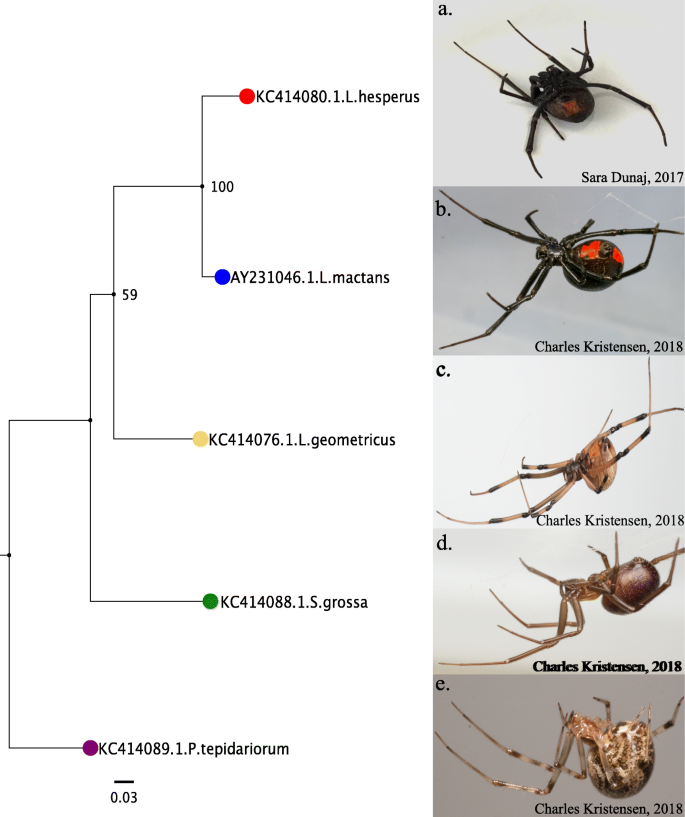
Background Microbiomes can have profound impacts on host biology and evolution, but to date, remain vastly understudied in spiders despite their unique and diverse predatory adaptations. This study evaluates closely related species of spiders and their host-microbe relationships in the context of phylosymbiosis, an eco-evolutionary pattern where the microbial community profile parallels the phylogeny of closely related host species. Using 16S rRNA gene amplicon sequencing, we characterized the microbiomes of five species with known phylogenetic relationships from the family Theridiidae, including multiple closely related widow spiders (L. hesperus, L. mactans, L. geometricus, S. grossa, and P. tepidariorum). Results We compared whole animal and tissue-specific microbiomes (cephalothorax, fat bodies, venom glands, silk glands, and ovary) in the five species to better understand the relationship between spiders and their microbial symbionts. This showed a strong congruence of the microbiome beta-diversity of the whole spiders, cephalothorax, venom glands, and silk glands when compared to their host phylogeny. Our results support phylosymbiosis in these species and across their specialized tissues. The ovary tissue microbial dendrograms also parallel the widow phylogeny, suggesting vertical transfer of species-specific bacterial symbionts. By cross-validating with RNA sequencing data obtained from the venom glands, silk glands and ovaries of L. hesperus, L. geometricus, S. grossa, and P. tepidariorum we confirmed that several microbial symbionts of interest are viably active in the host. Conclusion Together these results provide evidence that supports the importance of host-microbe interactions and the significant role microbial communities may play in the evolution and adaptation of their hosts.

Phylogenomics, Diversification Dynamics, and Comparative Transcriptomics across the Spider Tree of Life - ScienceDirect
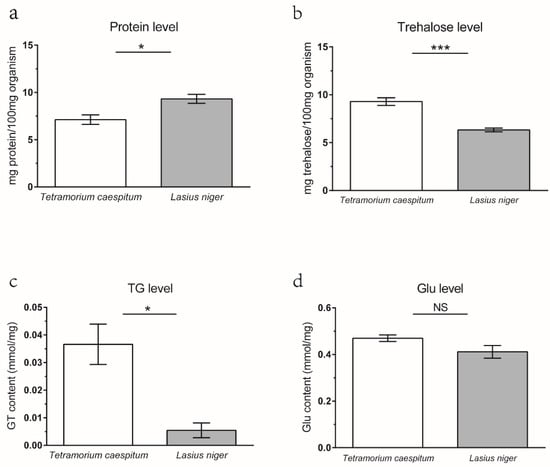
Microorganisms, Free Full-Text
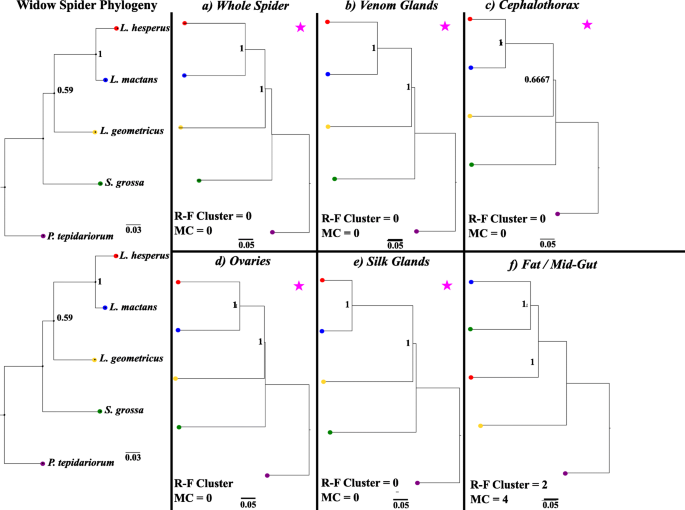
Spider phylosymbiosis: divergence of widow spider species and their tissues' microbiomes, BMC Ecology and Evolution
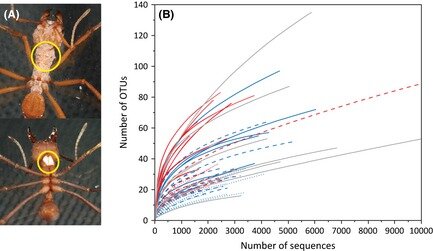
Bacterial abundance and diversity data obtained by 454 sequencing. (A)

Genomes of Gut Bacteria from Nasonia Wasps Shed Light on Phylosymbiosis and Microbe-Assisted Hybrid Breakdown

Microorganisms, Free Full-Text
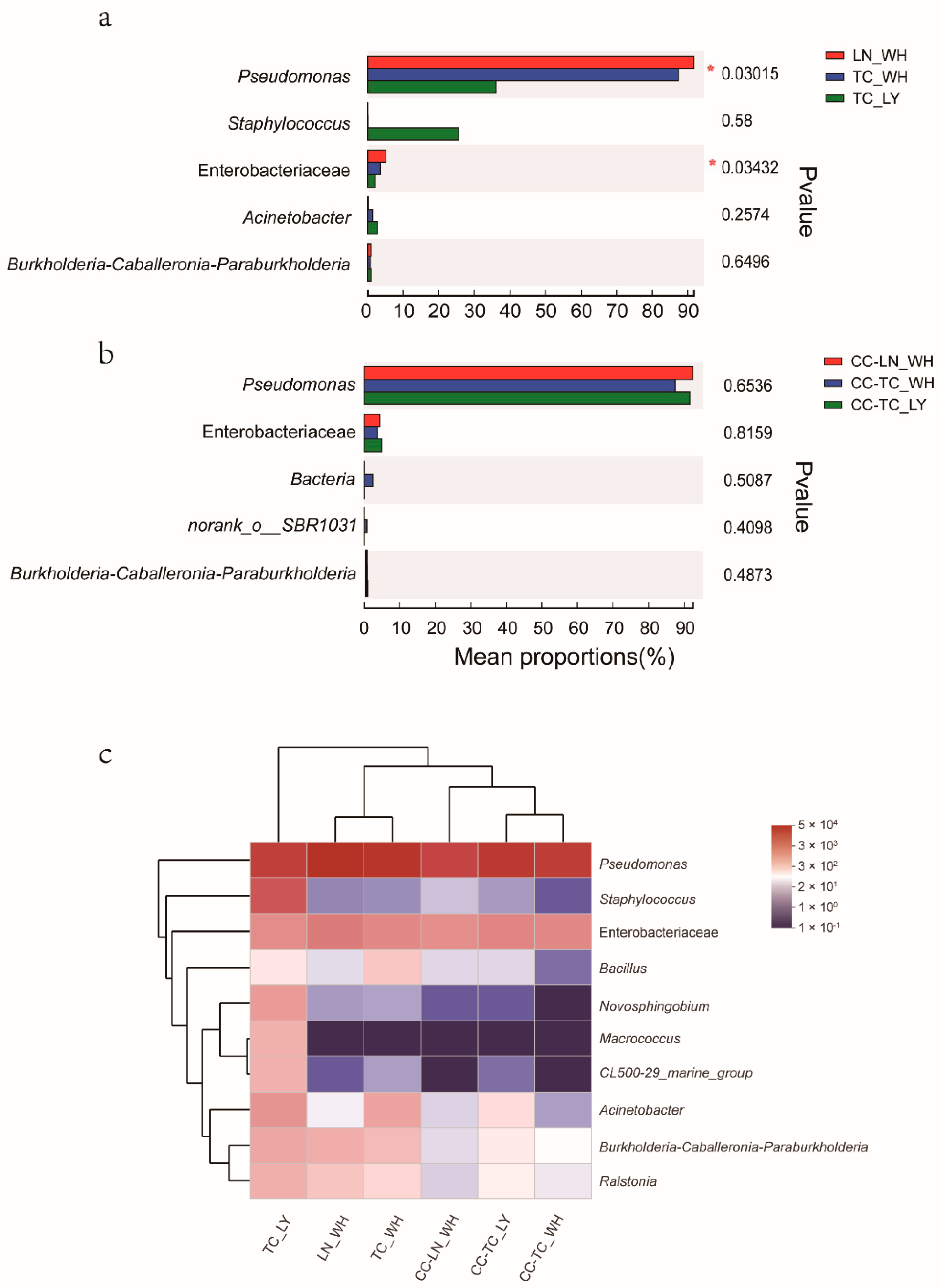
Microorganisms, Free Full-Text
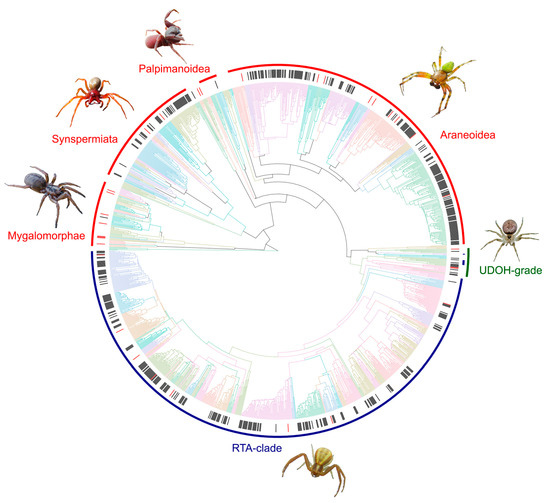
Diversity, Free Full-Text

Diversity, Free Full-Text

PDF) Differing Dietary Nutrients and Diet-associated Bacteria has Limited Impact on Spider Gut Microbiota Composition

Phylogenetic position of the Rickettsia (partial citrate sequence)

Species-specific but not phylosymbiotic gut microbiomes of New Guinean passerine birds are shaped by diet and flight-associated gut modifications
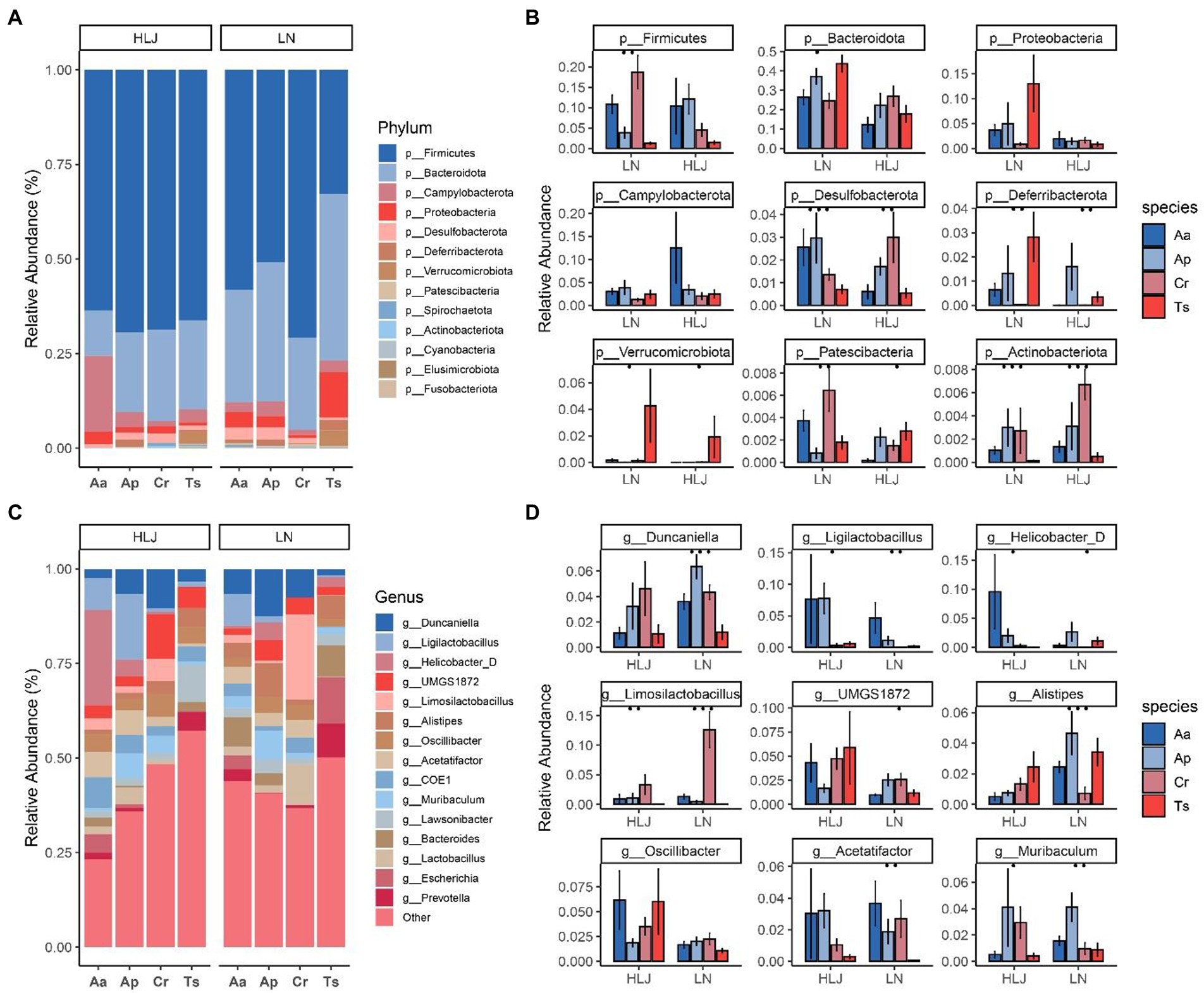
Frontiers The influence of species identity and geographic locations on gut microbiota of small rodents
Recomendado para você
-
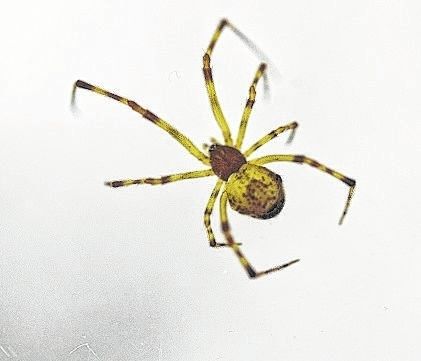 Inside the web: A weekly look at spider species of NEPA - Times Leader03 junho 2024
Inside the web: A weekly look at spider species of NEPA - Times Leader03 junho 2024 -
 Spiders 101: Types of Spiders & Spider Identification03 junho 2024
Spiders 101: Types of Spiders & Spider Identification03 junho 2024 -
:focal(1162x775:1163x776)/https://tf-cmsv2-smithsonianmag-media.s3.amazonaws.com/filer_public/a7/a0/a7a0b2fa-de95-4198-a453-8c8cfd86121a/female_frontal.jpg) Scientists Identify 50,000th Spider Species on Earth—but Thousands More Are Waiting to Be Discovered, Smart News03 junho 2024
Scientists Identify 50,000th Spider Species on Earth—but Thousands More Are Waiting to Be Discovered, Smart News03 junho 2024 -
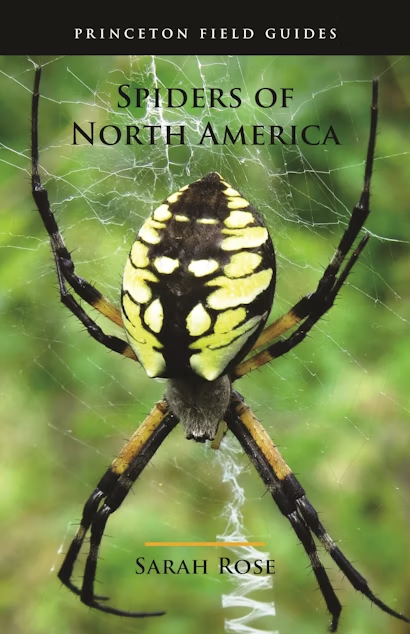 Spiders of North America03 junho 2024
Spiders of North America03 junho 2024 -
 New Species of Dancing Peacock Spider Discovered, Biology03 junho 2024
New Species of Dancing Peacock Spider Discovered, Biology03 junho 2024 -
 ZOO MIAMI HELPS DISCOVER A BRAND NEW SPIDER SPECIES IN MIAMI03 junho 2024
ZOO MIAMI HELPS DISCOVER A BRAND NEW SPIDER SPECIES IN MIAMI03 junho 2024 -
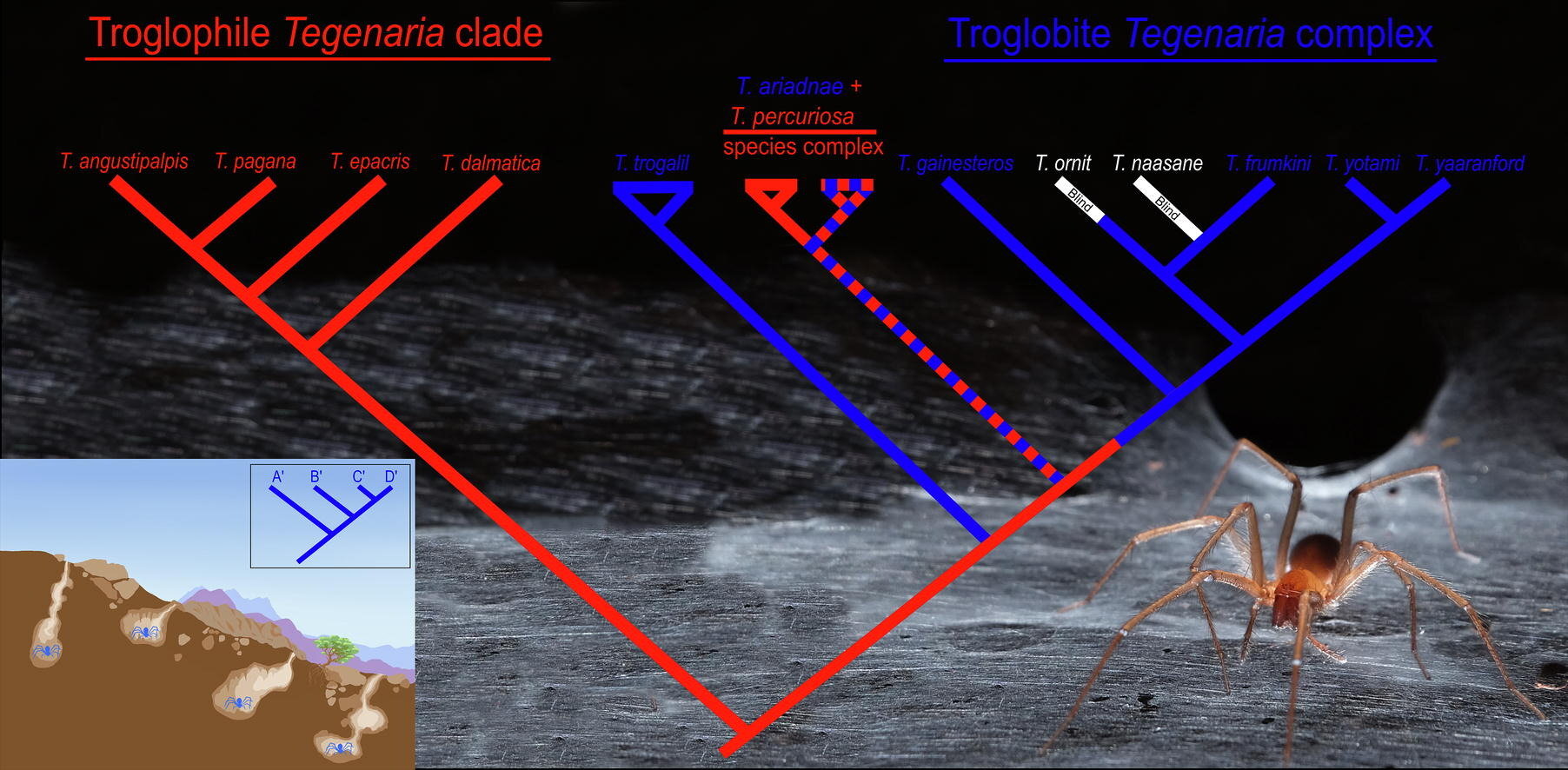 7 new spider species discovered in caves in Israel03 junho 2024
7 new spider species discovered in caves in Israel03 junho 2024 -
Rare and giant' trapdoor spider species, Euoplos dignitas, discovered in Brigalow Belt - ABC News03 junho 2024
-
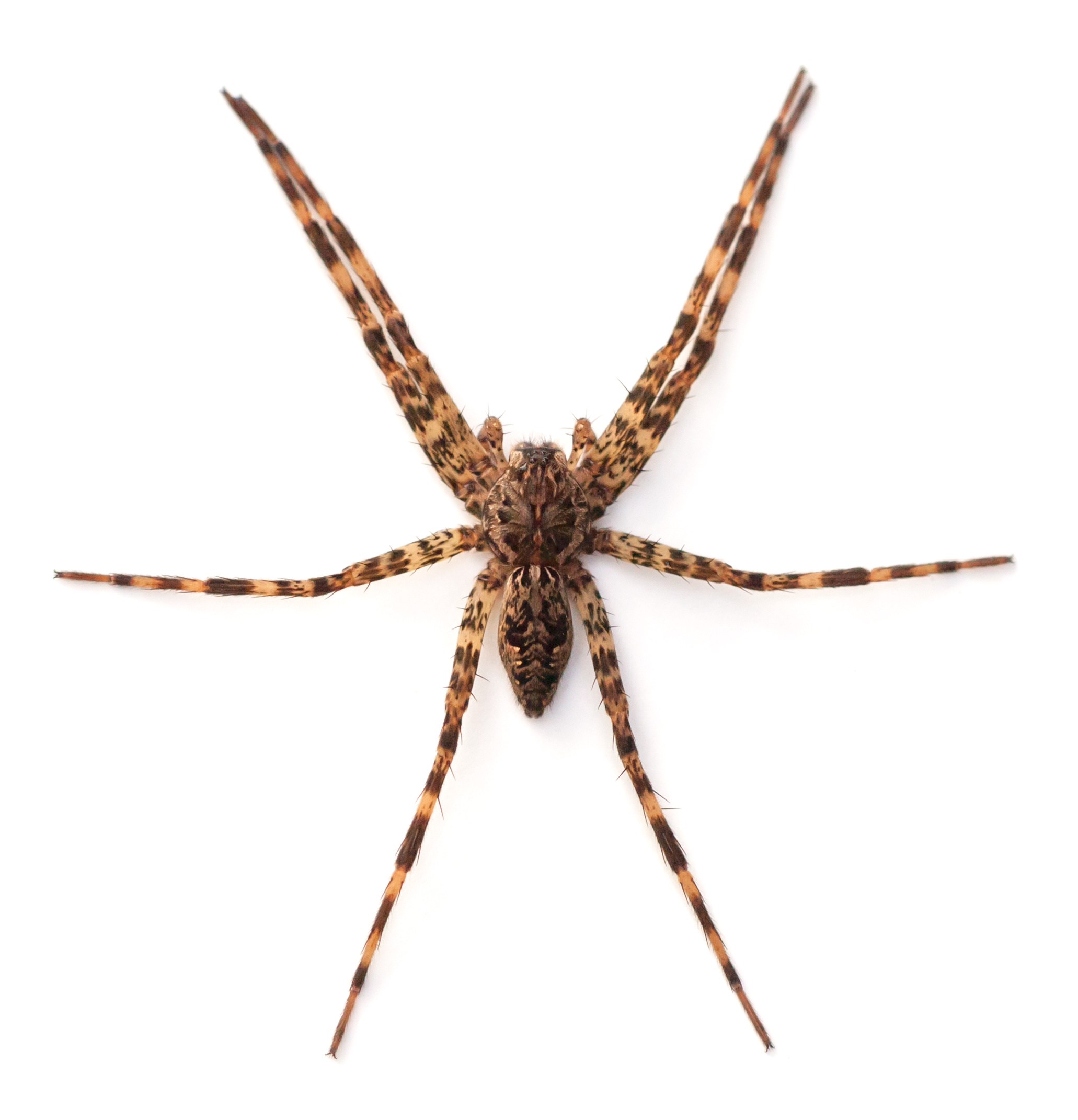 Fishing Spider Identification & Info Inman-Murphy, Inc. - Pest Control & Extermination Services03 junho 2024
Fishing Spider Identification & Info Inman-Murphy, Inc. - Pest Control & Extermination Services03 junho 2024 -
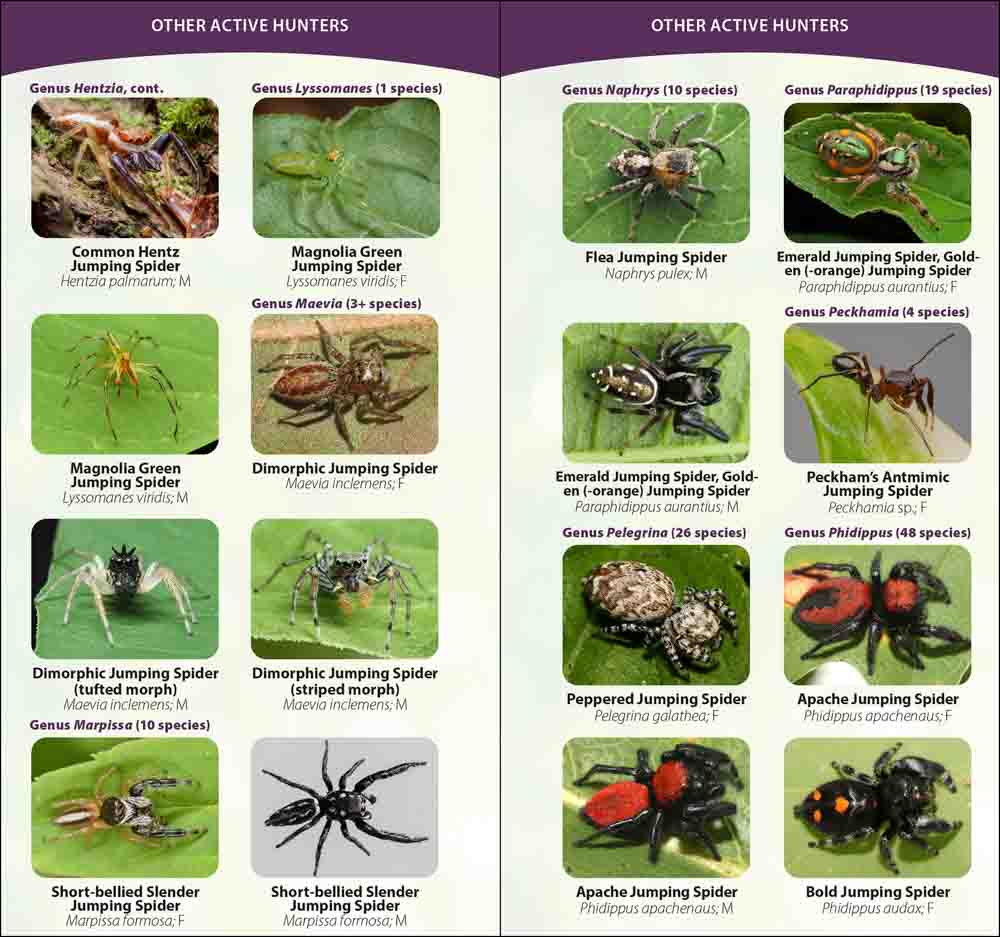 Spiders of the United States & Canada - AdventureKEEN Shop03 junho 2024
Spiders of the United States & Canada - AdventureKEEN Shop03 junho 2024
você pode gostar
-
 Horizon Zero Dawn Frozen Wilds - como começar o DLC de Horizon03 junho 2024
Horizon Zero Dawn Frozen Wilds - como começar o DLC de Horizon03 junho 2024 -
 COMO DESENHAR A PEPPA PIG (FÁCIL) /// HOW TO DRAW PEPPA PIG (EASY)03 junho 2024
COMO DESENHAR A PEPPA PIG (FÁCIL) /// HOW TO DRAW PEPPA PIG (EASY)03 junho 2024 -
 6 SÉRIES NA HBO MAX PARA MARATONAR AGORA!03 junho 2024
6 SÉRIES NA HBO MAX PARA MARATONAR AGORA!03 junho 2024 -
 Boris Spassky .Part 203 junho 2024
Boris Spassky .Part 203 junho 2024 -
 Jogo de lençol de berço 3 peças com vira 100% algodão Nuvem rosa03 junho 2024
Jogo de lençol de berço 3 peças com vira 100% algodão Nuvem rosa03 junho 2024 -
 FONTS USED FOR THE OFFICE LOGOS03 junho 2024
FONTS USED FOR THE OFFICE LOGOS03 junho 2024 -
 5 best games like Minecraft Pocket Edition for Android03 junho 2024
5 best games like Minecraft Pocket Edition for Android03 junho 2024 -
 Bebe reborn boneca princesa original realista fada promocao casas bahia03 junho 2024
Bebe reborn boneca princesa original realista fada promocao casas bahia03 junho 2024 -
 Anime and action come to life in Granblue Fantasy: Versus03 junho 2024
Anime and action come to life in Granblue Fantasy: Versus03 junho 2024 -
 Forza Horizon Evolução03 junho 2024
Forza Horizon Evolução03 junho 2024